How NIL and the transfer portal are changing college athletics
University of Alabama on Wikimedia Commons
Former Alabama quarterback and current NFL draft prospect Bryce Young brought home an estimated $1 million dollars in NIL compensation last year.
April 24, 2023
The landscape of college athletics has entirely changed over the past few years with the increasing prevalence of the transfer portal and the introduction of NIL (Name, Image, and Likeness) rights, which are routes through which college athletes are now eligible to earn financial compensation.
This shift in collegiate compensation has been a long time coming. There has been intense debate over the subject, with the opposition stating that students at a university shouldn’t be getting paid to play sports. Universities already pour billions of dollars into their athletic programs, often neglecting academics in the process. Critics cite Louisiana State University’s billion-dollar, state-of-the-art football facility’s stark contrast to their libraries with water leaks and flickering lights.
Advocates say that the money that the universities pour into athletics is justified by the money they make in return. Universities make millions a year in ticket revenue from football alone. Students, alumni, and the surrounding communities support college sports just as much as they would professional sports.
The argument against paying student-athletes when they produce so much money is a worn-out one. These athletes produce millions of dollars in revenue, so why wouldn’t they be eligible to receive financial compensation? It isn’t even the school paying them, either. NIL works by third-party companies sponsoring and paying athletes based on their name, image, and likeness. It allows athletes to be compensated for the popularity generated through their athletic prowess.
For the vast majority of these athletes, this will be the last time they play their sport in the limelight. Many of them will not play professionally, and for the few that do, the majority will barely make any money. Only a tiny fraction make a living playing sports after college, so this is their only opportunity to make some money off the game. College athletes made an estimated $917 million in the first year of NIL alone, and plenty of them made as much as many professional athletes.
Alabama quarterback Bryce Young took home an estimated $1 million dollars. As the titular quarterback for the titular college football program in the nation, his success makes sense. LSU gymnast Olivia Dunne made even more than that and also holds the honor of being the most-followed college athlete with 3.9 million Instagram followers and 7.4 million followers on TikTok. Her success is largely attributed to her social media influence outside of her athletic prowess.
Also in gymnastics, Auburn gymnast Suni Lee made an estimated $1.5 million. As an Olympic Gold Medal winner, she is already famous and attractive to sponsors. Another big earner is Shedeur Sanders, Colorado quarterback. He makes about $1 million and is signed with companies such as Gatorade, Beats by Dr. Dre, and Brady Brand. Sanders is notable as he received all of these brand deals while playing for Jackson State University, a historically black college or university (HBCU). He was the first athlete ever to receive sponsorships of this magnitude while playing for an HBCU.
Sanders is also an example of an outstanding transfer portal athlete. He transferred to Colorado after his father, the former head coach of Jackson State University and football legend Deion Sanders, was signed as the new coach there.
In the past, NCAA athletes generally stayed with the universities that they committed to, barring any complicating circumstances. Nowadays, the transfer portal is becoming more and more prevalent in college athletics, and student-athlete movement between universities is becoming more and more common.
Presently, athletes can transfer schools after their season and can sign anywhere that courts them. Basketball sensations Kel’El Ware, Jesse Edwards, JJ Starling, and LJ Cryer have already changed schools, strengthening rosters across the country to national championship levels. College basketball megastar Hunter Dickinson is currently courting schools in the transfer portal, and that’s just in basketball. It is true that the transfer portal is most popular in football and basketball, but it is growing in popularity in other sports as well.
In the old NCAA, if colleges couldn’t recruit straight out of high school, they weren’t going to be able to succeed. Now, if you can attract athletes who have already been in a different school for a year or two, you can still compete. The exploding popularity of the transfer portal has made every college sport more fair and competitive.
College sports have changed dramatically over the past few years, but these changes have been for the better, as they have empowered athletes to control their own destinies. It allows athletes to be paid and to decide whether or not they wish to leave a school. It follows the trend of athlete empowerment in professional sports, as well. Overall, college sports are a better place when the athletes that compose the community are treated fairly and properly.





















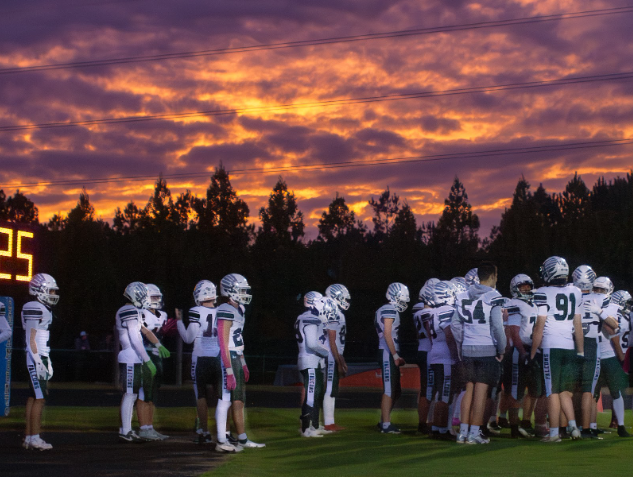

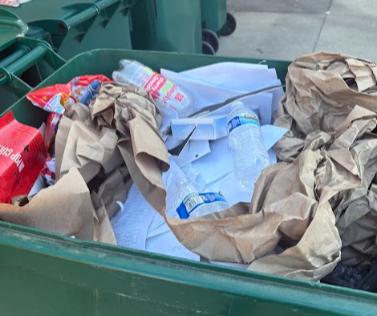
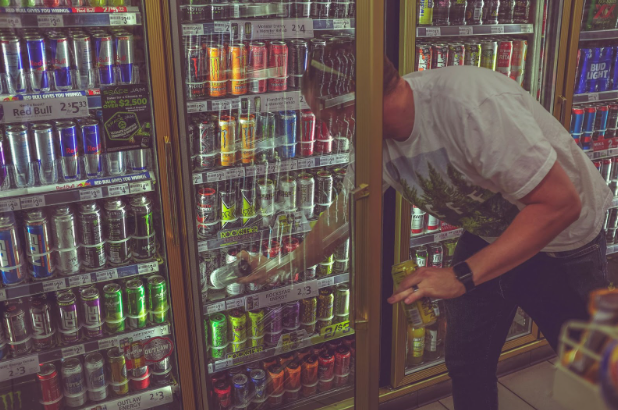










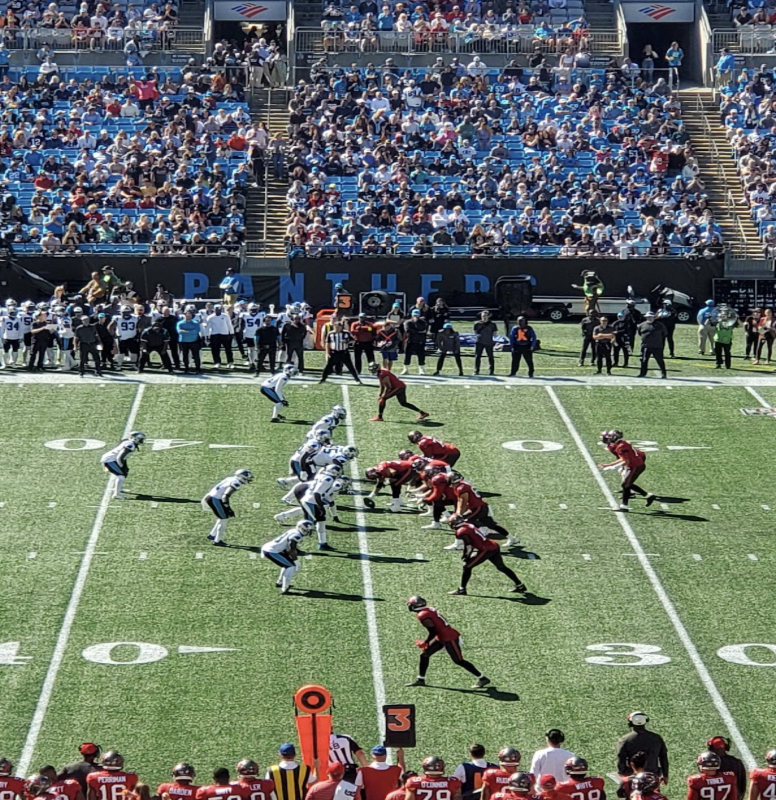
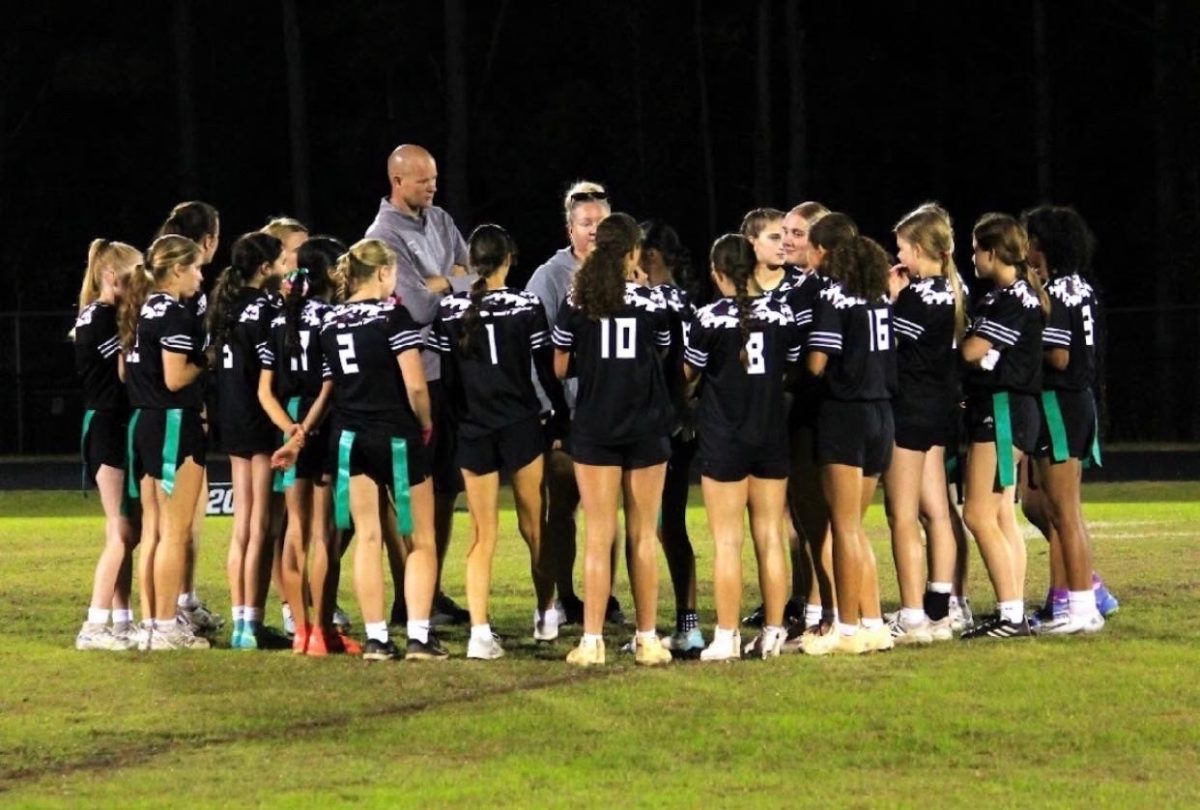

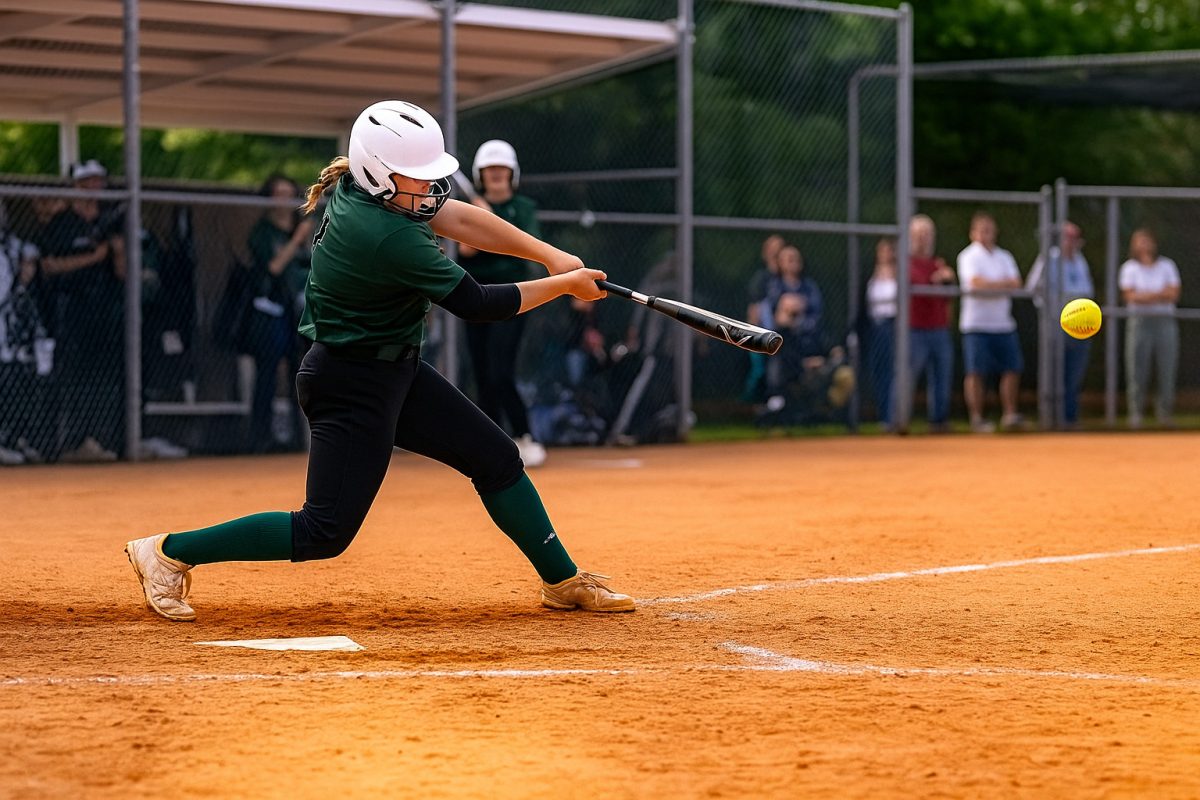


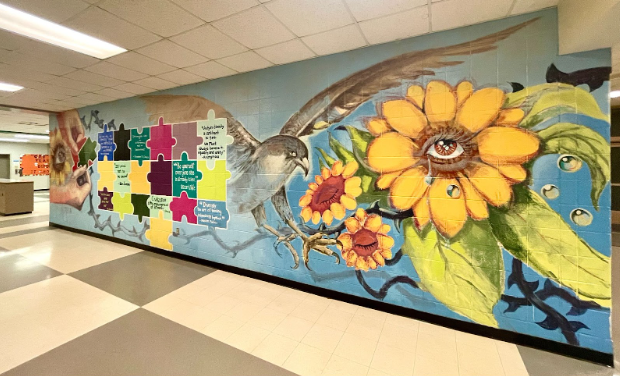
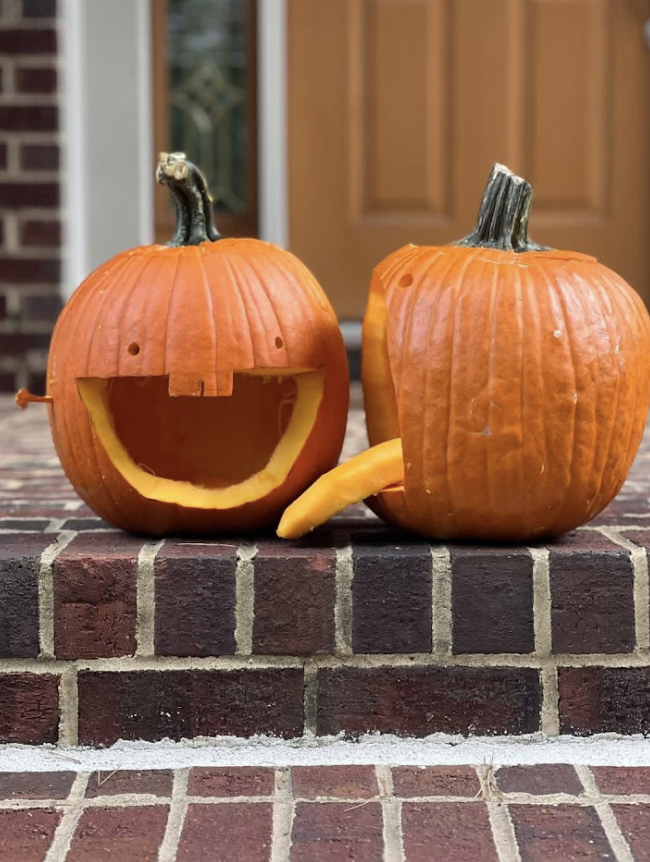







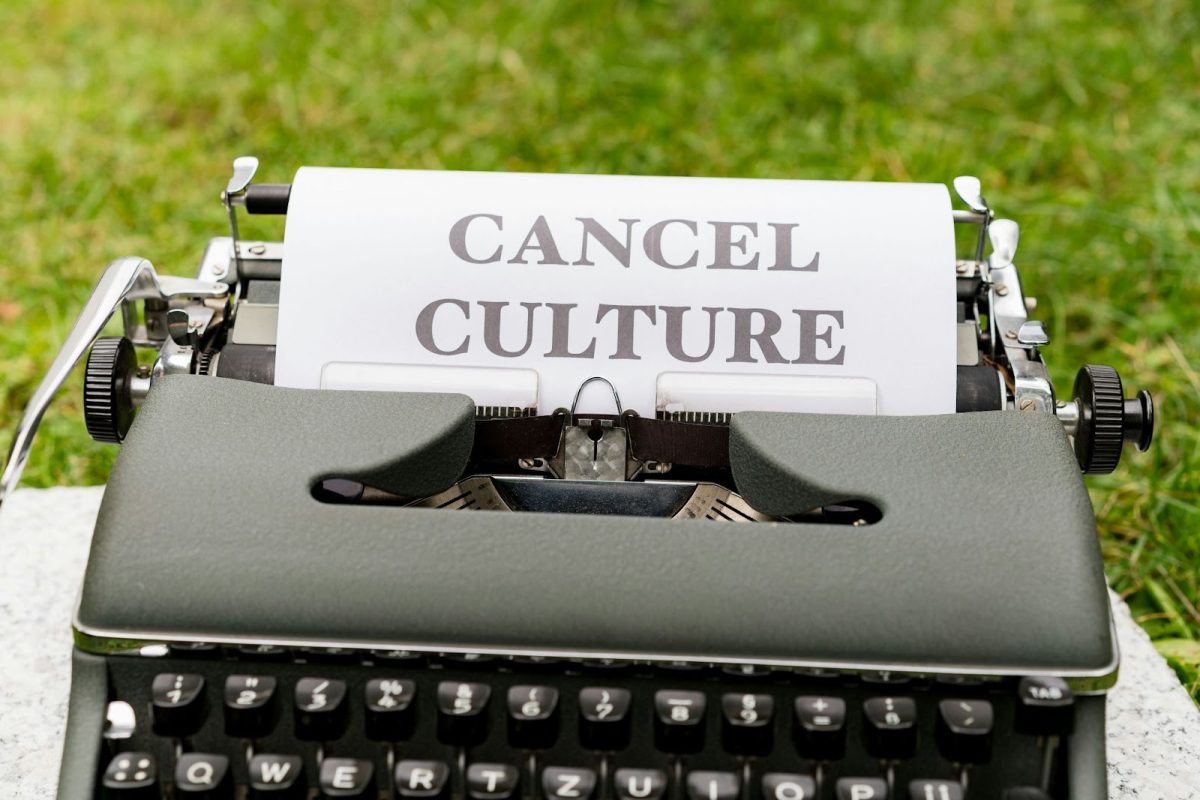
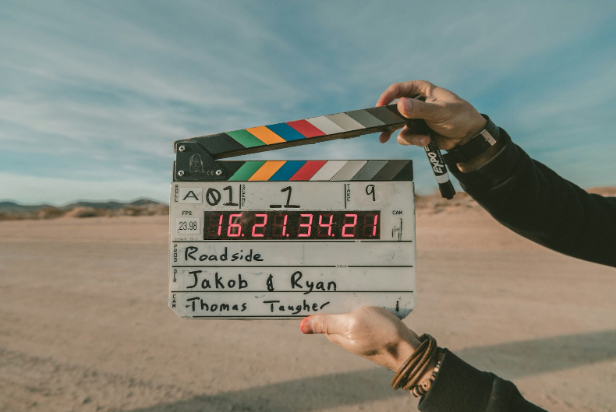



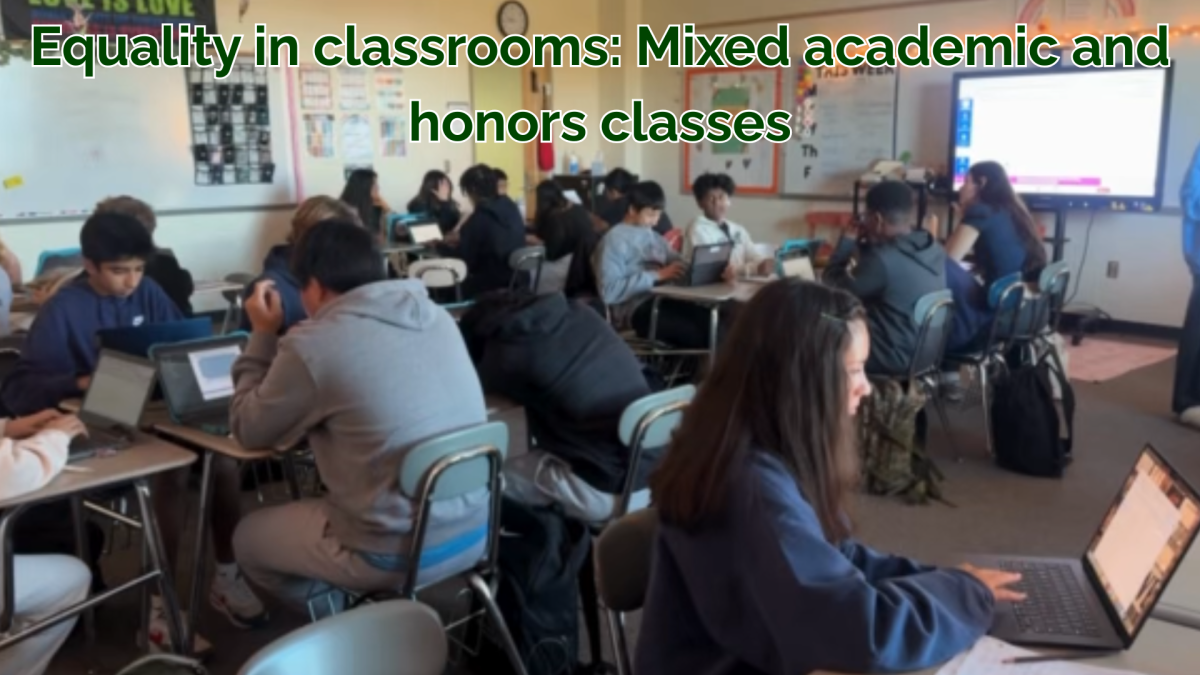











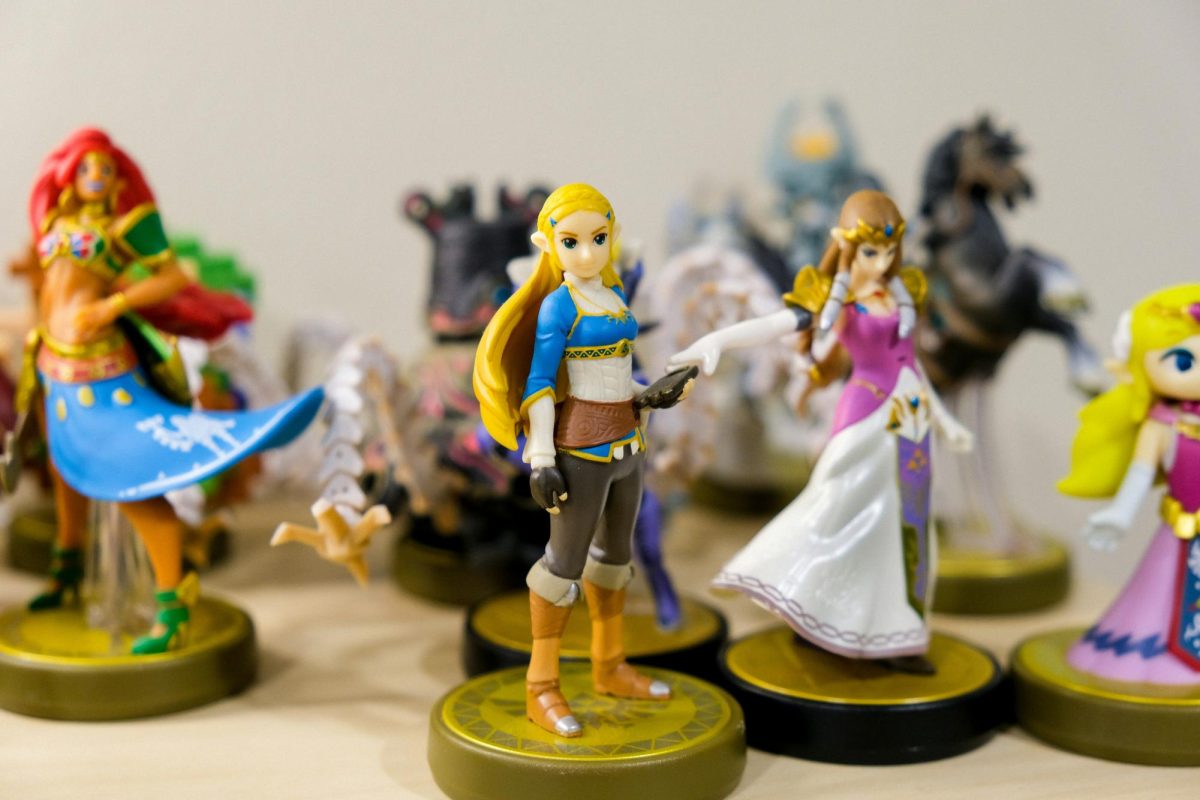




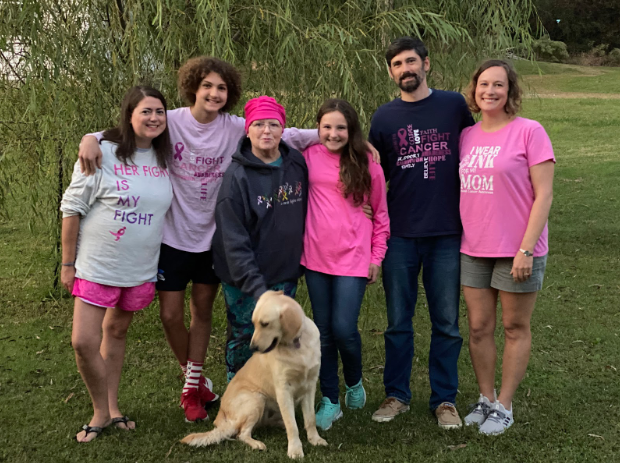


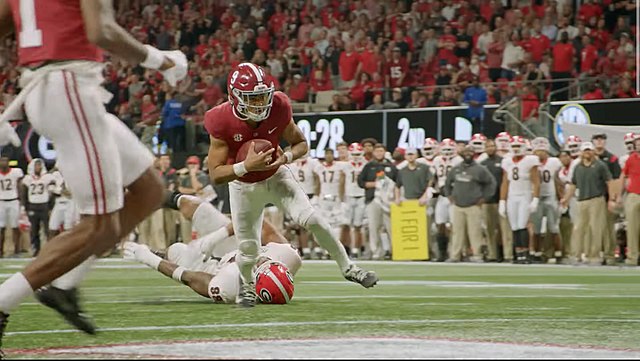
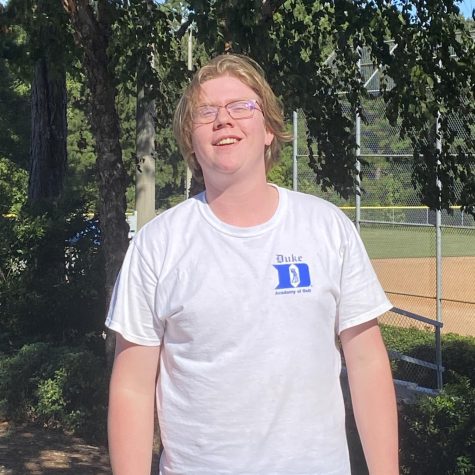
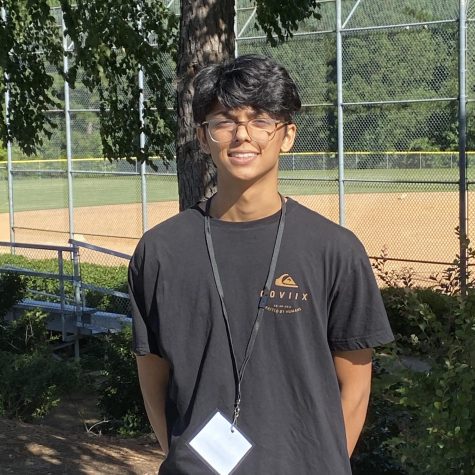
Drmca • Dec 6, 2023 at 3:55 pm
The end of college sports, as we have known it, for over 100 years. The old days of the amateur student athlete are gone with NIL and the Portal. The same way as what happened to the Olympics when Professionals were allowed to compete.
Now, there will be a bidding war for every athlete from schoolboy to current college player. Like the Yankees and Dodgers, etc., in baseball, whoever has the most money controls the game. This is what is happening to college athletics. Be aware that this isn’t just in football or basketball, it affects every sport.
My prediction is that many Universities will bow out of this format and go back to being institutions of learning. Intramural sports may be offered.
Where will the kids go to play sports and fill their dreams of playing professionally? Like in baseball, minor league franchises will have to be developed. Those will be run to make a profit. Sports that are not a positive financial contributor will be deleted.
The sad part of all this is that many young minority kids will never be on a college campus. They may never get an opportunity to play sports beyond high school.